Canada's role in the Afghanistan War began in late 2001. Canada sent its first element of Canadian soldiers secretly in October 2001 from Joint Task Force 2,[1] and the first contingents of regular Canadian troops arrived in Afghanistan in January–February 2002. Canada took on a larger role starting in 2006 after the Canadian troops were redeployed to Kandahar province. There were 2,500 Canadian Forces (CF) personnel in Afghanistan in 2006, of which 1,200 comprised the combat battle group.[2] Roughly 950 are currently deployed in Afghanistan as part of International Security Assistance Force (ISAF). At the 2012 NATO Summit in Chicago, Prime Minister Stephen Harper announced that an undisclosed number of Canadian soldiers would remain in the country to help train and mentor the Afghan National Army until March 31, 2014 (though Canadian troops ended their combat role there in 2011).
In September 2001 after the September 11 terrorist attacks, Minister of National Defence Art Eggleton advised Governor General Adrienne Clarkson to authorize more than 100 Canadian Forces members serving on military exchange programs in the United States and other countries to participate in U.S. operations in Afghanistan. Eggleton summed up the dominant thinking in the government at the time when he said, "Any Canadian military deployment to Afghanistan may well be similar to a situation in Eritrea and Ethiopia where we went in on the first wave, we helped establish the stabilization, the basis for ongoing peace support operations that would come after ... but then turned it over to somebody else."[3][citation needed] The operations were aimed at identifying and neutralizing al-Qaeda members in that country, as well as toppling the Taliban regime, which was claimed to be supporting international terrorism.
In order to understand Canada's policy in Afghanistan, a brief history of its foreign policy initiatives is in order. In post-Cold War conflicts, Canada "experienced a steep--and at times bloody--learning curve as it tried to develop new techniques to contain violence and restore functioning civil societies."[4] After a 15-hour firefight in Croatia involving Canadian troops at a ground known as the Medak Pocket, it became clear that "peacekeeping forces had to be able to make that rapid tactical transition. It meant that they had to be trained, equipped, and prepared for combat just as much as they were for peacekeeping."[5] This is reflected in the training and professionalism of the Canadian army mentioned later on the page. Moving to Bosnia, Somalia, and Haiti a new peacekeeping partnership began to form. This required the assistance of soldiers and development organizations working hand in hand to achieve their rebuilding goals. These peacekeeping initiatives carried out by "Canadians and other NATO troops in Bosnia and elsewhere in the post-Cold War conflicts are similar and relevant to what they are carrying out in Afghanistan. In many respects the peace-building in Kandhar is just one more example of the 'new normal.'"[6]
2001–2002: initial deployment
General Ray Henault, the Chief of the Defence Staff, issued preliminary orders to several CF units, as Operation Apollo was established. The Canadian commitment was originally planned to last to October 2003.
Approximately 40 JTF2 Assaulters were sent to southern Afghanistan in early December 2001, although the Canadian public was not informed of the deployment, following the American declaration of a War on Terror. However, in Sean M. Maloney's book Enduring the Freedom, it was reported that JTF2 was secretly deployed without Prime Minister Jean Chrétien's permission in early October 2001.[1] (In October 2004, these JTF-2 personnel were awarded the US Navy Presidential Unit Citation as part of Task Force K-BAR, a multinational special-operations task force led by the US Navy SEALs that was decorated for its operations during the period 17 October 2001 through 30 March 2002.)
Regular forces arrived in Kandahar during January–February 2002. In March 2002, three Princess Patricia's Canadian Light Infantry snipers fought alongside U.S. Army units during Operation Anaconda. In the operation the team broke, and re-broke, the kill record for a long distance sniper kill set in the Vietnam War by a U.S. Marine, Staff Sergeant Carlos Hathcock.[7][8] Operation Anaconda was also the first time since the Korean War that Canadian soldiers relieved American soldiers in a combat situation. Canadian forces also undertook Operation Harpoon in the Shah-i-Kot Valley. Other forces in the country provided garrison and security troops.
The Tarnak Farm incident occurred on 18 April 2002, when an American F-16 jet dropped a laser-guided bomb on a group of soldiers from 3 PPCLI. The soldiers were conducting night-time training on a designated live-fire range, and the American pilots claimed they mistook their gunfire for a Taliban insurgent attack. Four Canadians were killed and eight were wounded in the friendly fire incident. Their deaths were the first Canadian deaths in Afghanistan, and the first in a combat zone since the Korean War.[9]
 Fallen
Fallen


